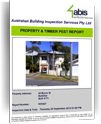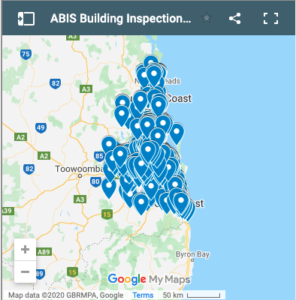Lath & Plaster Process
The process begins with wood laths. These are narrow strips of wood nailed horizontally across the wall studs. Each wall frame is covered in lath, tacked at the studs. The lath is typically about two inches wide by four feet long by 1/4 inch thick. Each horizontal course of lath is spaced about 1/4 inch away from its neighbouring courses.
Next, temporary lath guides are placed vertically to the wall, usually vertically at the studs. Plaster is then applied, typically using a wooden board as the application tool. The applier drags the board upward over the wall, forcing the plaster into the gaps between the lath and leaving a layer on the front the depth of the temporary guides, typically about 1/4 inch. A helper feeds new plaster onto the board, as the plaster is applied in quantity.
When the wall is fully covered, the vertical lath “guides” are removed, and their “slots” are filled in, leaving a fairly uniform undercoat. A smooth, white finish coat goes on last. After the plaster is completely dry, the walls are ready to be painted. Insufficient “keying” and the plaster will fall off the lath. In the past, horsehair was used to help bind the plaster to the laths.
Lath and plaster have been mostly replaced with plasterboard (also a type of gypsum wallboard, although a bit thicker), since it is faster and less expensive to install. As plastering is a skilled trade, and hence expensive, reducing the amount of plastering required in a new development also reduces the building costs.
An advantage of using lath is for ornamental or unusual shapes. For instance, building a rounded wall would be difficult if drywall was used exclusively, as drywall is not flexible enough.
Wikipedia Entry for Lath and Plaster




